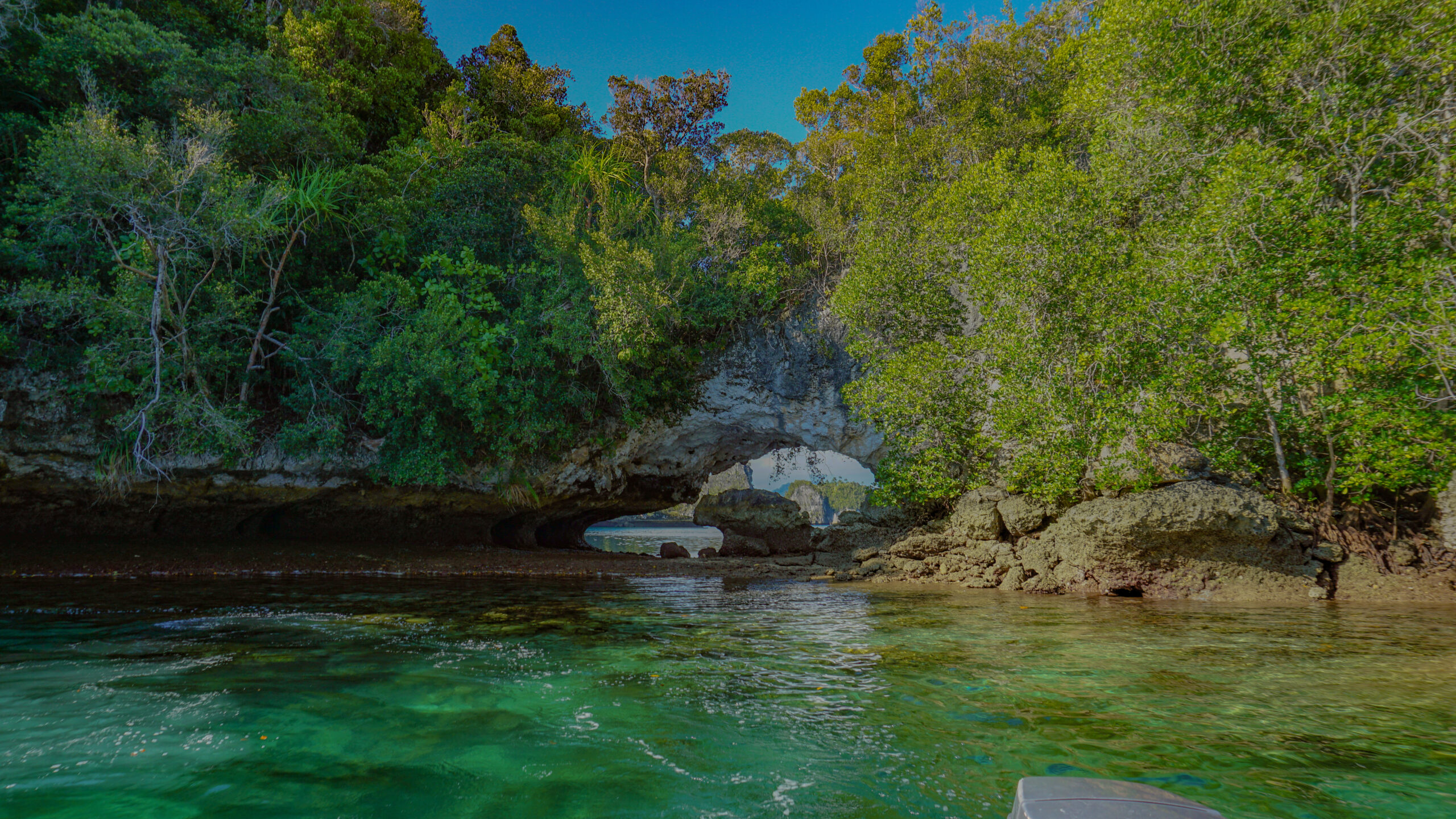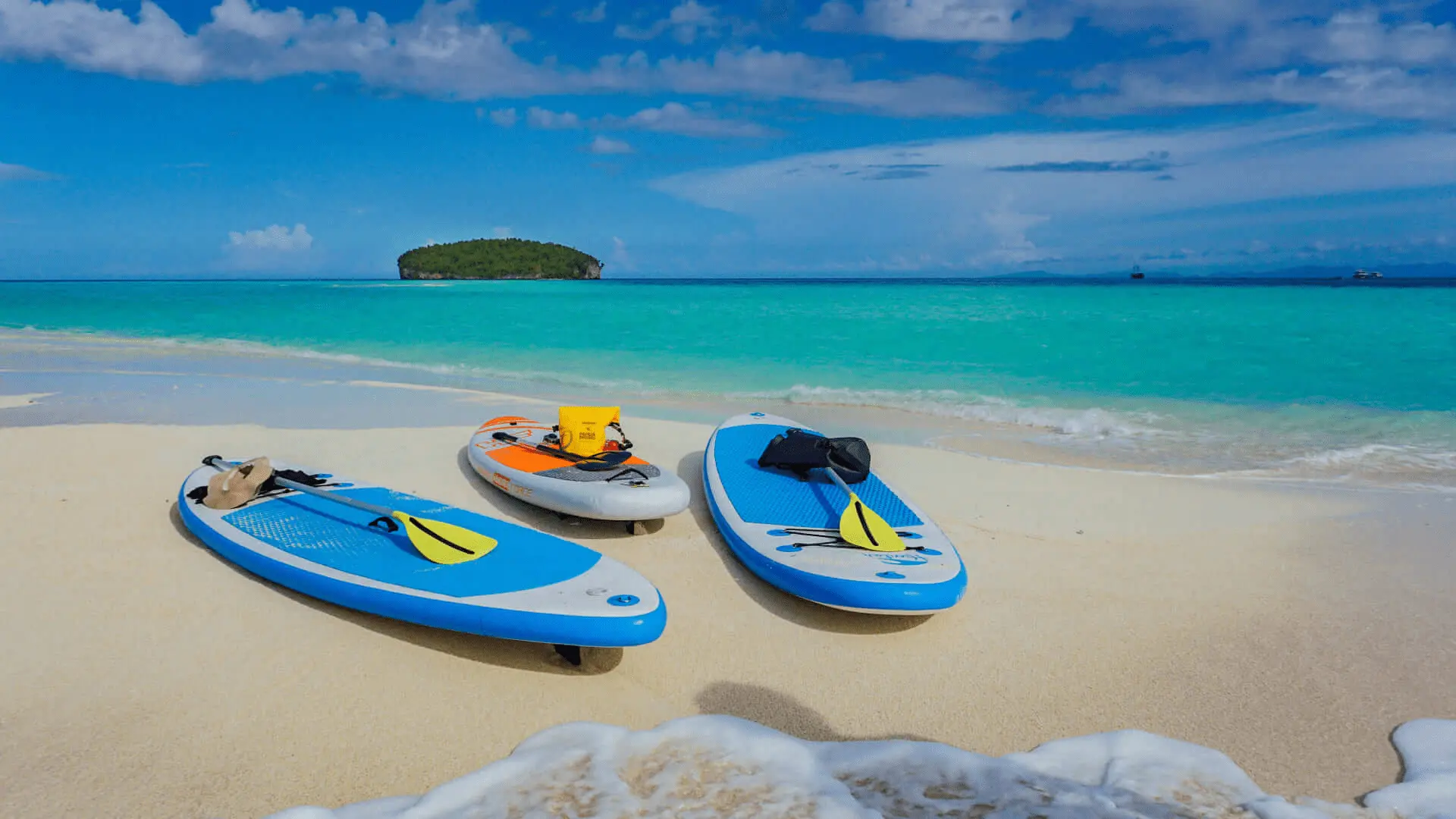
Blog
Immerse yourself in underwater and overwater adventures, breathtaking terrestrial and marine life encounters. Join us for an unforgettable journey in paradise, exploring the richest reefs in the world!

For those seeking an unforgettable diving experience, a remote yet luxurious escape, or a sustainable travel adventure, Kri Island delivers it all.